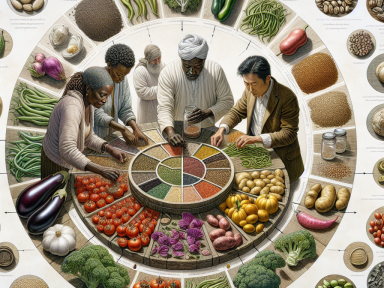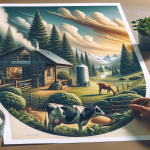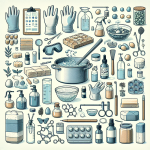The Critical Importance of Storing and Saving Seeds
In a world teetering on the fine precipice of uncertainty, a single sentence holds more power and weight than ever before: “Those who can feed themselves, will survive.” With unpredictable weather changes, shaky political situations on a global scale, and the increasing pressures of unexpected emergencies, the idea of self-reliance has moved from fanciful dream to desperate necessity.
Why Store and Save Seeds?
Now more than ever, securing a reliable seed bank has moved from a quaint gardening ritual to a fundamental survival strategy. It’s a cold, hard truth – when food supplies run short, those with the seeds (and the knowledge to sow them) hold the keys to survival.
The Selection Process: Which Seeds do I Store and Save?
The initial step in the seed-saving process, in terms of survival, is to store open-pollinated, or “heirloom” seeds. Unlike hybrids or genetically modified seeds, these seeds will produce offspring similar to their parent plant – a critical component of long-term plant propagation.
- Solanaceae family: Includes tomatoes, peppers, eggplant and potatoes. These seeds are generally easy to save and store.
- Legumes: Beans and peas are self-pollinating, making them an excellent choice. Their seeds are also large and easy to harvest.
- Brassicas: Particular care is needed to prevent cross-pollination with this family, but their hardiness and nutritional value make seeds like cabbage, kale, and broccoli essential to store.
The Process of Saving Seeds
- Choose the right time: Harvest seeds when they are fully mature. Immature seeds are unlikely to germinate.
- Clean and Dry: Rinse off the pulp, let seeds dry on a paper towel, and transfer them to an airtight container for storage.
- Fermentation (for some types of seeds like tomatoes): This process eliminates seed-borne diseases and separates the good seeds from the bad.
- Storage: Keep your seeds in a cool, dry, and dark location. Freezing seeds is also an excellent long-term storage option.




GIPHY App Key not set. Please check settings